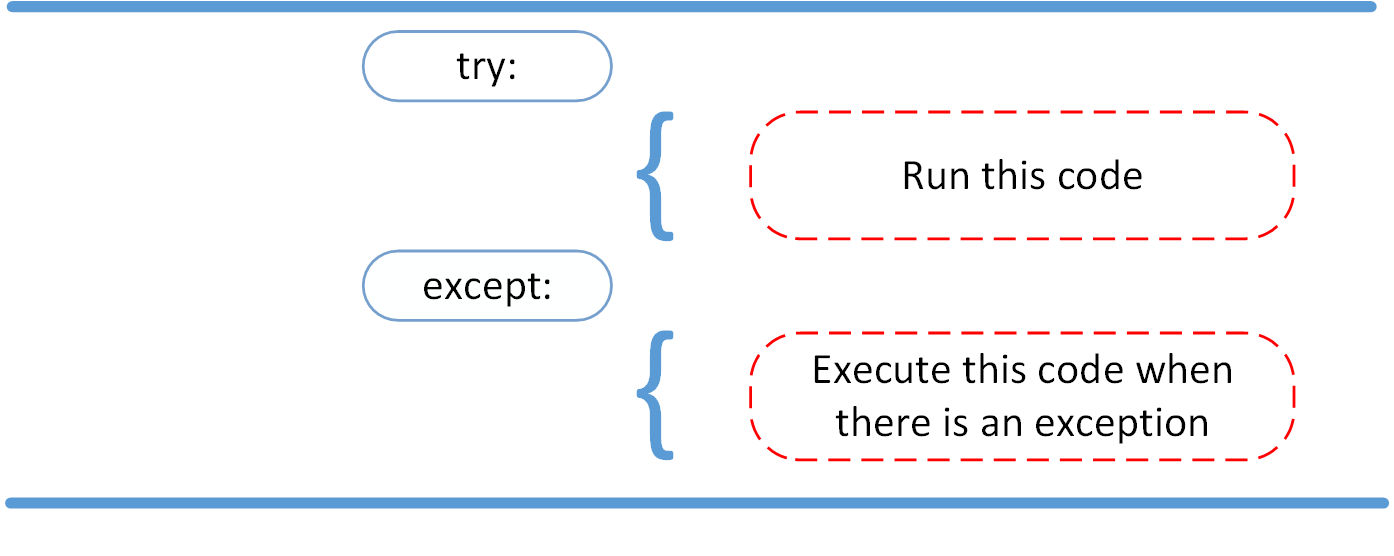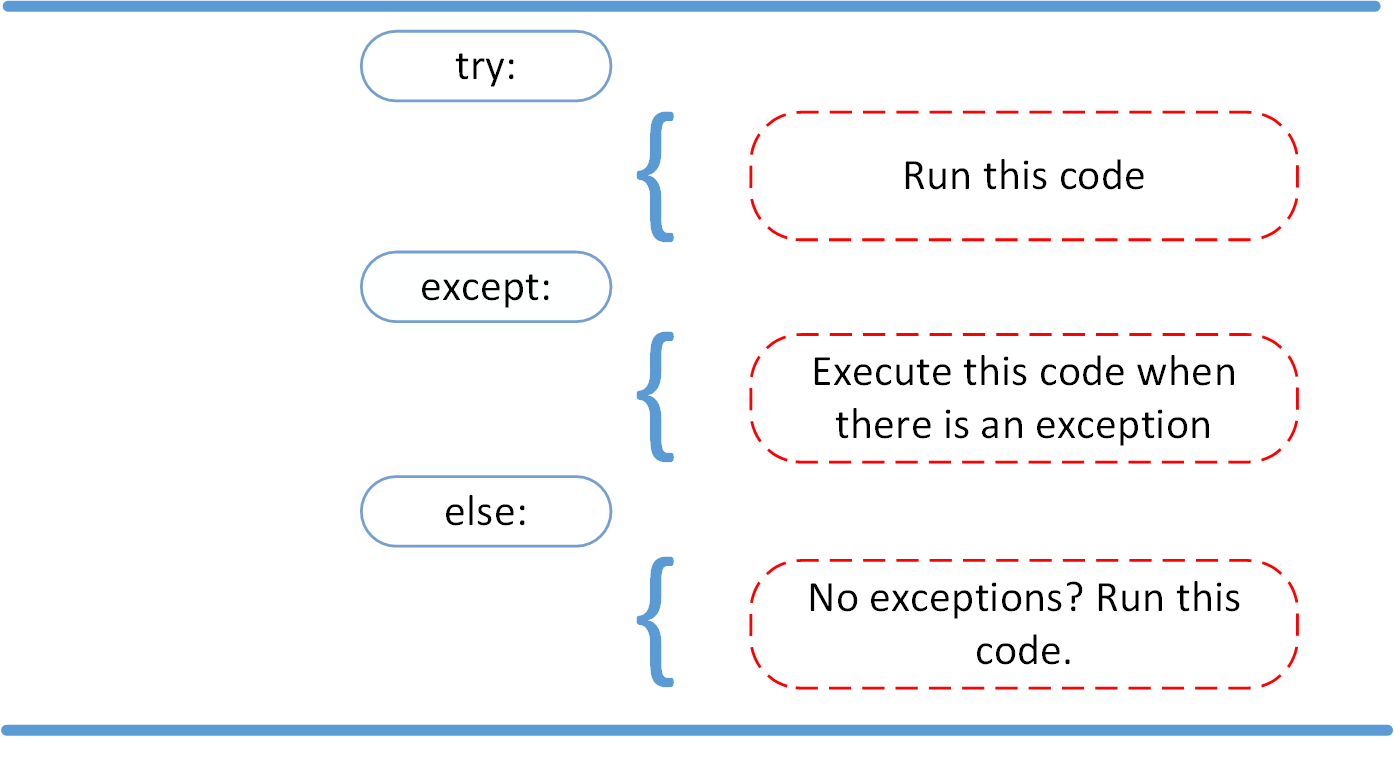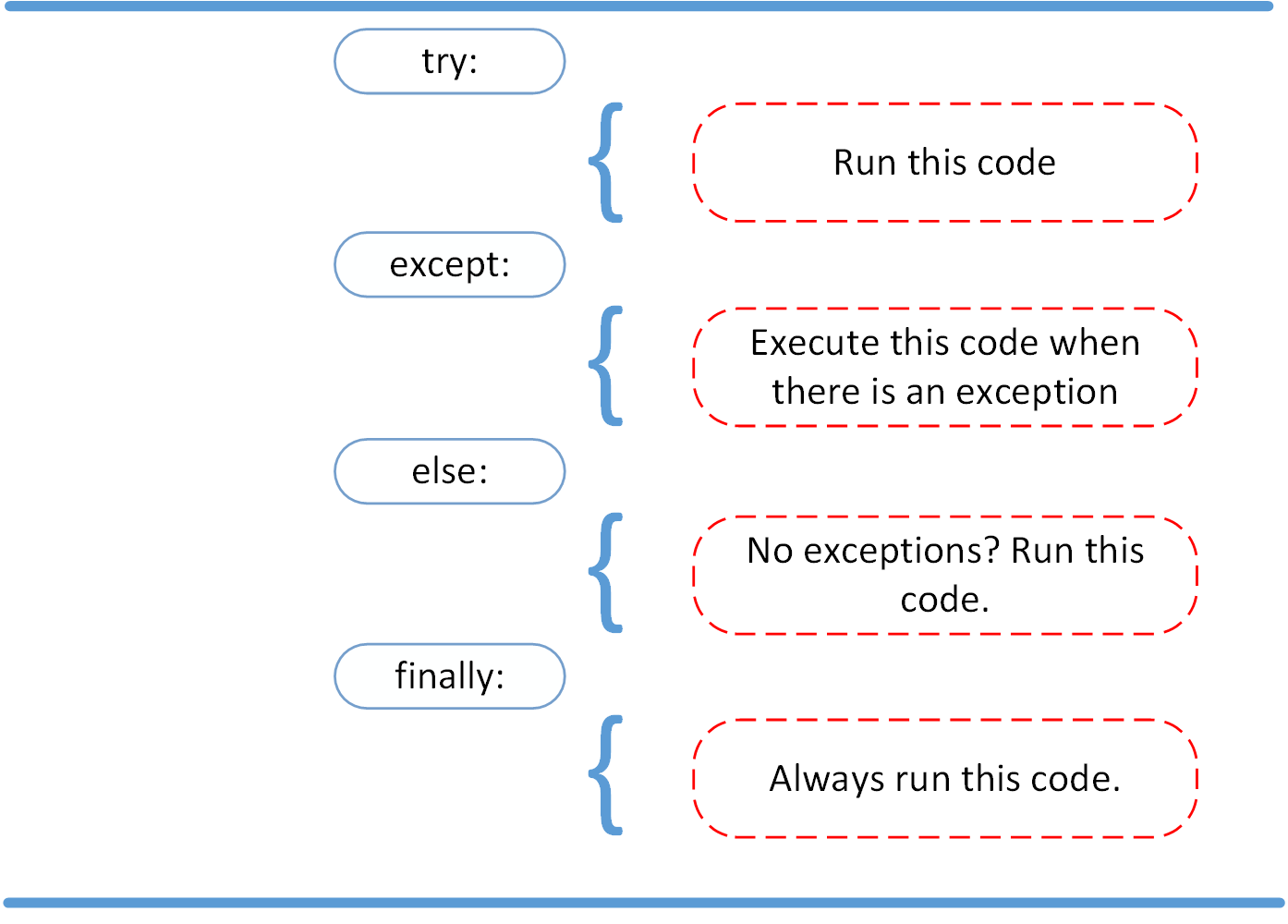reading-notes
Reading and Writing Files in Python
what is a file
*A File is a contiguous set of bytes used to store data, This data is organized in a specific format and can be anything as simple as a text file or as complicated as a program executable and at the end, these byte files are then translated into binary for easier processing by the computer.*
Files are composed of three main parts:
1.Header: metadata about the contents of the file (file name, size, type, and so on).
2.Data: contents of the file as written by the creator or editor.
3.End of file (EOF): special character that indicates the end of the file*_
*Data represent depends on the format specification like .txt or .csv file extensions so When we access a file on an operating system, a file path is required ,which is consist from :*
1.Folder Path: the file folder location on the file system where subsequent folders are separated by a forward slash / (Unix) or backslash \ (Windows).
2.File Name: the actual name of the file.
3.Extension: the end of the file path pre-pended with a period (.) used to indicate the file type.
opening and closing file in python
When we want to work with a file, the first thing to do is to open it. This is done by invoking the open() built-in function. open() has a single required argument that is the path to the file. open() has a single return.
EX:
file = open(‘dog_breeds.txt’)
Also we have the second positional argument, mode. This argument is a string that contains multiple characters to represent how you want to open the file.
| Character | Meaning |
|---|---|
| ‘r’ | Open for reading (default) |
| ‘w’ | Open for writing, truncating (overwriting) the file first |
| ‘rb’or’wb’ | Open in binary mode (read/write using byte data) |
When you’re manipulating a file, there are two ways that we can use to ensure that a file is closed properly, even when encountering an error.
1.The first way to close a file is to use the try-finally block:
EX:
reader = open(‘dog_breeds.txt’) try: # Further file processing goes here finally: reader.close()
2.The second way to close a file is to use the with statement:
EX:
with open(‘dog_breeds.txt’) as reader: # Further file processing goes here
Reading and writing opened file
Once we’ve opened up a file, we’ll want to read or write to the file.
for reading:
| Method | What It Does |
|---|---|
| .read(size=-1) | This reads from the file based on the number of size bytes. If no argument is passed or None or -1 is passed, then the entire file is read. |
| .readline(size=-1) | This reads at most size number of characters from the line. This continues to the end of the line and then wraps back around. If no argument is passed or None or -1 is passed, then the entire line (or rest of the line) is read. |
| .readlines() | This reads the remaining lines from the file object and returns them as a list. |
Iterating Over Each Line in the File
EX:
with open(‘dog_breeds.txt’, ‘r’) as reader:
# Read and print the entire file line by line line = reader.readline() while line != '': # The EOF char is an empty string print(line, end='') line = reader.readline()
for writing :
| Method | What It Does |
|---|---|
| .write(string) | This writes the string to the file. |
| .writelines(seq) | This writes the sequence to the file. No line endings are appended to each sequence item. It’s up to you to add the appropriate line ending(s). |
working with bytes
*You can actually open that file in Python and examine the contents! Since the .png file format is well defined, the header of the file is 8 bytes broken up like this:*
| Value | Interpretation |
|---|---|
| 0x89 | A “magic” number to indicate that this is the start of a PNG |
| 0x50 0x4E 0x47 | PNG in ASCII |
| 0x0D 0x0A | A DOS style line ending \r\n |
| 0x1A | A DOS style EOF character |
| 0x0A | A Unix style line ending \n |
Exceptions in Python
Exceptions versus Syntax Errors
*Syntax errors occur when the parser detects an incorrect statement but exception errorThis type of error occurs whenever syntactically correct Python code results in an error*
Raising an Exception
*We can use raise to throw an exception if a condition occurs. The statement can be complemented with a custom exception.*
The AssertionError Exception
*Instead of waiting for a program to crash midway, you can also start by making an assertion in Python. We assert that a certain condition is met. If this condition turns out to be True, then that is excellent! The program can continue. If the condition turns out to be False, you can have the program throw an AssertionError exception.*
The try and except Block: Handling Exceptions
*The try and except block in Python is used to catch and handle exceptions. Python executes code following the try statement as a “normal” part of the program. The code that follows the except statement is the program’s response to any exceptions in the preceding try clause.*

The else Clause
*In Python, using the else statement, you can instruct a program to execute a certain block of code only in the absence of exceptions.*

Cleaning Up After Using finally
*Imagine that you always had to implement some sort of action to clean up after executing your code. Python enables you to do so using the finally clause.*
